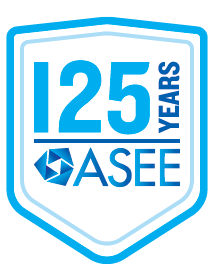ASEE is founded at the 1893 Chicago World’s Fair and Exposition as the Society for the Promotion of Engineering Education. Within a dozen years it grew to having 400 members from 85 engineering schools, including substantial delegations from major schools like MIT, Wisconsin, Illinois, Purdue, and Cornell.
ASEE at 125
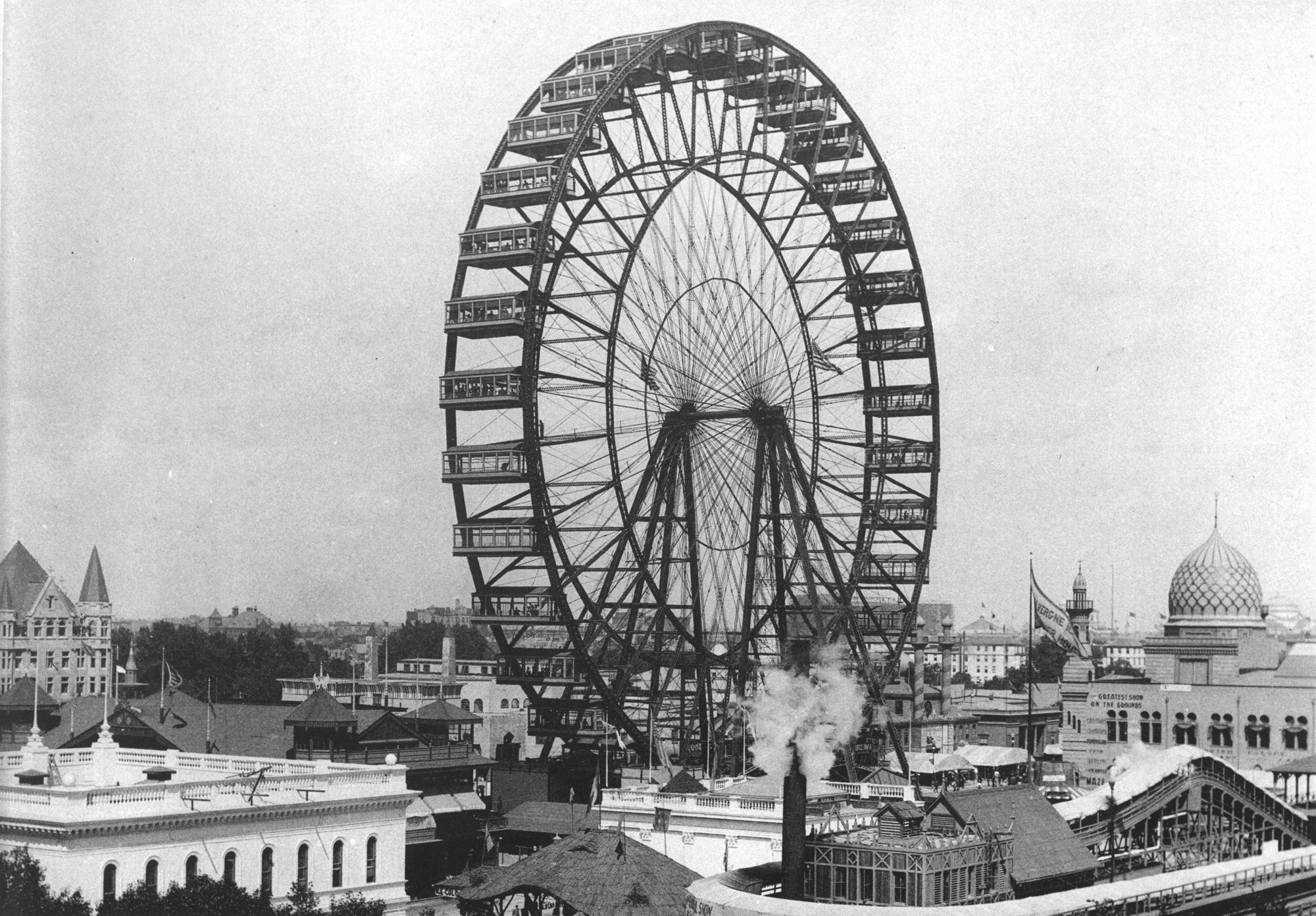
The Wickenden Report from the early 1930s. This report presented engineering education as a compromise between academic and professional study and, to improve that compromise, proposed reducing technical specialization at the undergraduate level and requiring some liberal studies. The result remains the most comprehensive appraisal of engineering education.
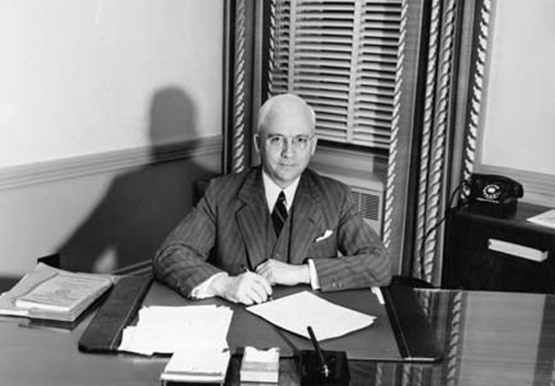
After World War II research became a major focus of universities, primarily because of government spending in research and development. A tension between teaching and research was created, and an ASEE committee suggested “engineering education institutions should develop two tracks, with most schools providing engineering/scientific training to prepare students for careers in industry (professional-general), while a handful of colleges developed research-oriented, advanced programs in fundamental engineering science (professional-scientific).”
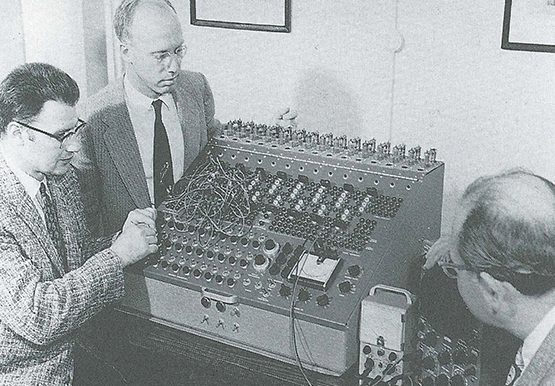
As engineering education shifted towards science and away from industrial practice, many technical institutes expanded two-year technician programs to four-year “engineering technology” programs to fill the “gap” created between practical technology and the more scientific orientation of post-1960 engineering curricula. The first four-year engineering technology program emerged at the University of Houston in 1951. By 1984 such programs were graduating around 17,000 students annually.
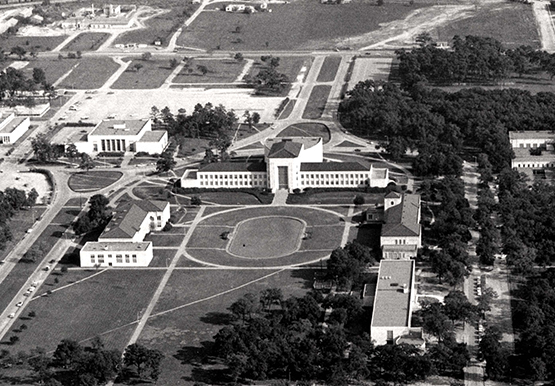
Starting in the 1960s (and through today) ASEE became a major partner with the federal government, managing fellowships and internships for the Department of Defense, National Science Foundation, and other entities.
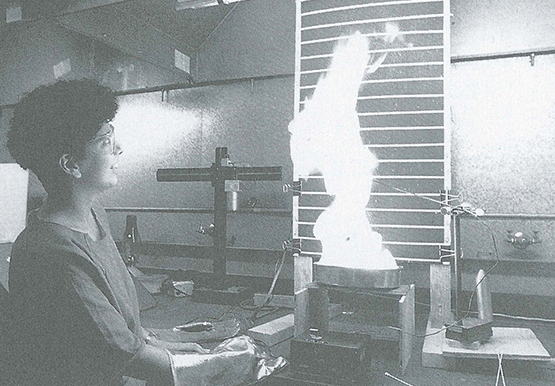
In the latter part of the 20th century ASEE cemented its place as the keeper of the body of knowledge for engineering education, establishing the Journal of Engineering Education (and later the journal Advances in Engineering Education), a large repository of conference papers, a monthly magazine, and international reach and relationships.
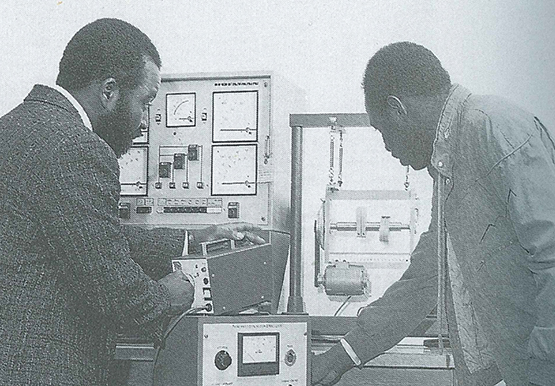
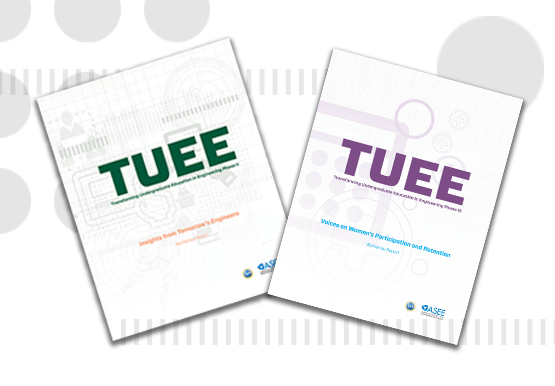
ASEE’s recent Year of Action on Diversity demonstrated the society’s commitment to addressing this important topic – from the perspective of students, faculty, and administrators. High profile efforts such as Safe Zone Workshops, the Deans Diversity Initiative, and grants from the National Science Foundation to run projects on this topic show continued focus in this area.
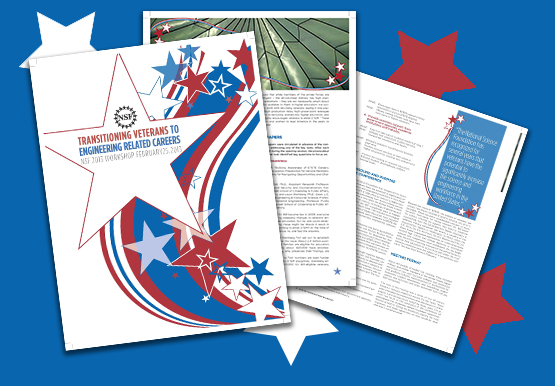
Voice for the Profession – Through an annual Public Policy Colloquium, participation in numerous policy-focused coalitions, and the use of a government relations firm, ASEE advocates for our members in the policy world.
